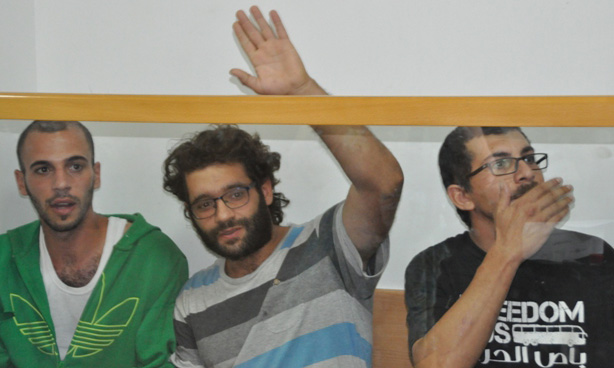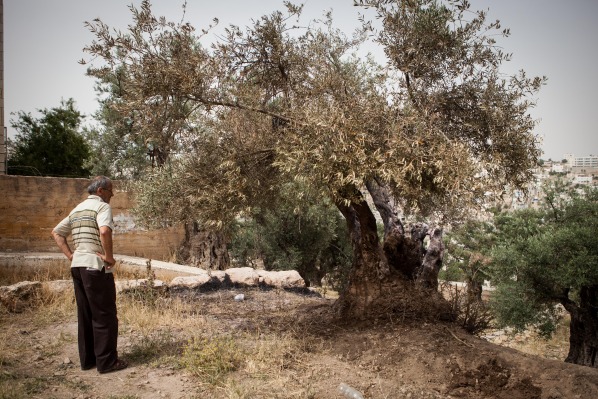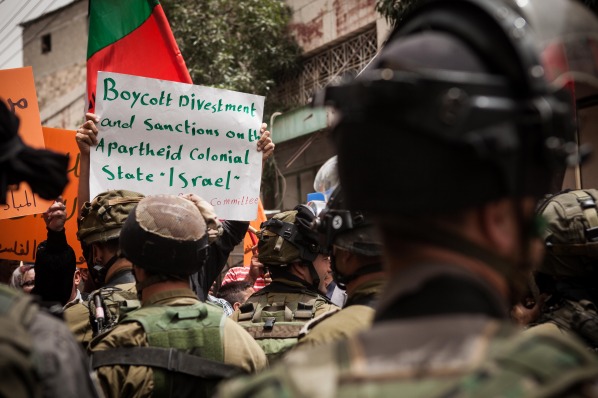-

Israeli police raids the village of Iqrit
9th June 2014 | International Solidarity Movement, Khalil team | Iqrit, Occupied Palestine Yesterday morning on the 8th June, Israeli police forces raided the village of Iqrit (located on the northern tip of Israel, within eyesight of Lebanon). The police uprooted trees, destroyed and confiscated all the personal belongings of Palestinian activists present in the village. Furthermore […]
-

The Roman tree
7th June 2014 | International Solidarity Movement, Khalil team | Hebron, Occupied Palestine At approximately 1:00 pm on June 4th, a burning olive tree was located in the vicinity of Tel Rumeida, al-Khalil (Hebron). The Palestinian firefighters extinguished the fire with no assistance from the occupying Israeli military. As an occupying state, Israel is legally responsible for […]
-

Prisoner solidarity in Hebron
7th June 2014 | International Solidarity Movement, Khalil team | Hebron, Occupied Palestine Since the Palestinian prisoners began their hunger strike, there has been a protest each week in al-Khalil (Hebron). The majority of these demonstrations have been in the H1 area (under Palestinian Authority civil and security control), not directly against the Israeli military. However, On […]
Action Alert An Nabi Saleh Apartheid Wall Arrests BDS Bethlehem Bil'in Cast Lead Demonstration Denial of Entry Ethnic Cleansing Farmers Gaza Global Actions Hebron House Demolition International law Israeli Army Jerusalem Live Ammunition Nablus Ni'lin Prisoner Ramallah Rubber-coated steel bullets Settlement Settlers Settler violence Tear-Gas Canister Video
